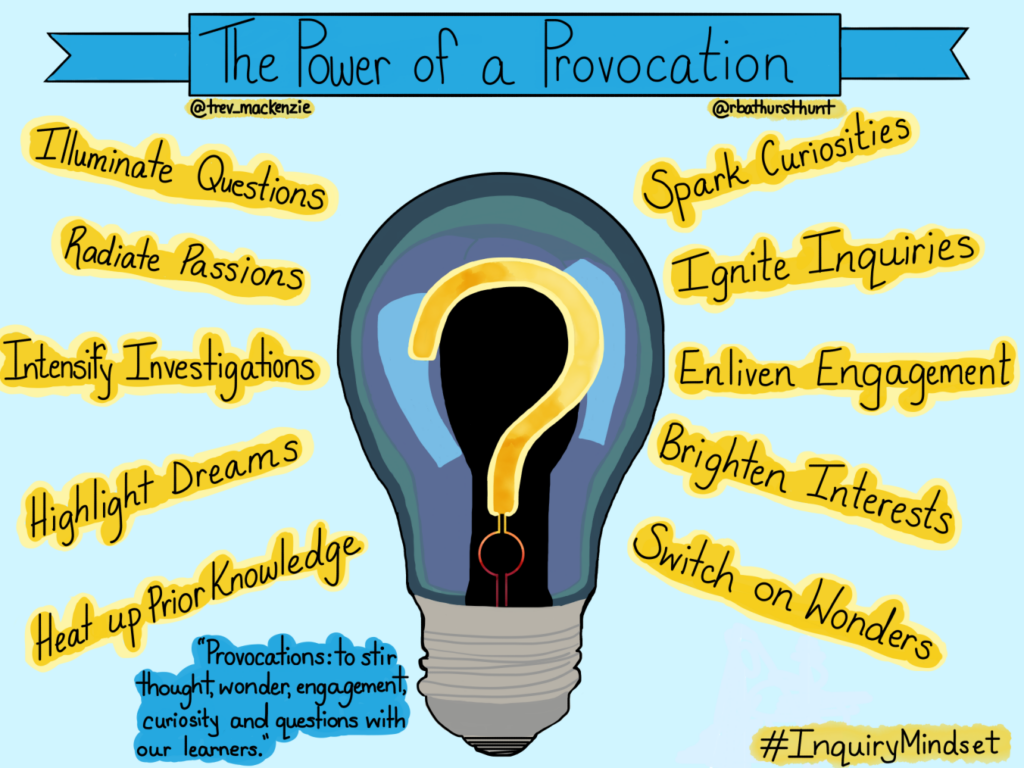
For this class, we were given a bag containing multiple rocks, each with a different theme and unique items. The overall purpose of these rocks was to help students create a story. Students could choose to work individually or with a partner. As a class, we first brainstormed different prompts that could be used for storytelling. Our teacher then handed out cards to each student or group, and these cards determined which prompt we would use for our story. I worked individually, and my story prompt was “Vampire.” Students were then asked to grab a bag from the front of the classroom, which contained multiple rocks, each featuring a different image. We could arrange these rocks in any order to help us tell our creatively made story. My story was about a family that went camping and a vampire who awoke after a thousand-year slumber. Starving after centuries without food, the vampire went on the hunt—only to be so frightened by a little boy that he transformed into a butterfly. He then flew into the night, only to become an owl’s dinner.
I enjoyed this provocation, as it allowed me to work creatively on my own. However, I think I would have also enjoyed working with a partner to incorporate different perspectives and ideas into the story. I appreciate provocations like this and believe they are a great way to engage students’ brains early in the morning. They help students become more focused and energized for the day. Among my classmates, I could almost see the gears turning in their heads as they worked through their stories.
I believe that starting each day by stimulating my future students’ minds and allowing their creativity to roam can help build their passions, reinforce prior knowledge, and foster deeper engagement in the classroom. I wish I could incorporate provocations into my upcoming practicum; however, with the short 60-minute blocks, I find it challenging to implement them at the higher age level.

According to scientists, the brain is most alert and teachable at 10 am–2 pm and 4 pm–10 pm. By waking up students brains and beginning with provocations might help the productivity of your students within your classroom environment.
What teaching competencies did I feel connected to this topic the most:
Uvic 2 – Develop a growth mindset demonstrated in collaboration with others.
BC Teaching Standard 3 – Educators understand and apply knowledge of student growth and development.
I feel that these standards best align with teaching provocations, as we, as teachers, must apply our knowledge to support student growth and development. Fostering inquiry and engagement through a thought-provoking task at the start of class is a great way to promote a growth mindset among students. Additionally, this approach encourages students to engage and interact with their classmates on a deeper level, enhancing their collaborative and communication skills.
